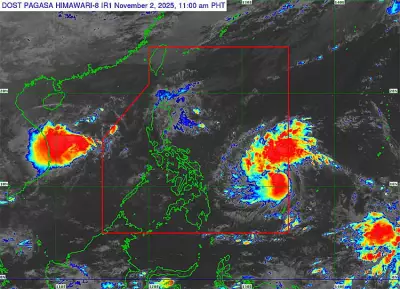
As typhoon season approaches, many Filipinos find themselves confused by the technical terms used in weather bulletins. Understanding PAGASA's terminology could be the difference between safety and danger during severe weather events.
Breaking Down the Tropical Cyclone Categories
PAGASA classifies tropical cyclones into three main categories based on wind speed:
- Tropical Depression (TD): Maximum sustained winds of 61 kilometers per hour (kph) or less
- Tropical Storm (TS): Wind speeds between 62 and 88 kph
- Typhoon (TY): Winds reaching 89 to 117 kph
- Super Typhoon (STY): The most dangerous category with winds exceeding 118 kph
Public Storm Warning Signals: What They Really Mean
The Public Storm Warning Signal (PSWS) system is PAGASA's primary method of communicating threat levels to the public. Here's what each signal signifies:
PSWS #1
Winds of 30-60 kph are expected within 36 hours. While this is the lowest warning level, it signals the beginning of precautionary measures.
PSWS #2
Winds of 61-120 kph may occur within 24 hours. At this stage, communities should begin implementing safety protocols.
PSWS #3
Strong winds of 121-170 kph are anticipated within 18 hours. This indicates a significant threat requiring immediate action.
PSWS #4
The most severe warning, indicating winds of 171-220 kph or higher expected within 12 hours. This signals potentially catastrophic conditions.
Why Understanding These Terms Matters
Meteorologists emphasize that proper comprehension of these terminologies enables Filipinos to make informed decisions during weather emergencies. "When people understand what each warning means, they're more likely to take appropriate action," explains a PAGASA representative.
The agency continuously works to improve public understanding of weather systems, recognizing that accurate interpretation of warnings can save lives and property.
Beyond the Basic Categories
PAGASA also uses additional terms that every household should understand:
- Gale Warning: Issued when winds of 52 kph or higher are expected over maritime areas
- Flood Advisory: Alerts communities about potential flooding in specific areas
- Storm Surge Warning: Indicates dangerous coastal flooding due to typhoon winds
As climate patterns evolve and weather systems become more unpredictable, staying informed about PAGASA's terminology becomes increasingly crucial for every Filipino family's safety preparedness.





